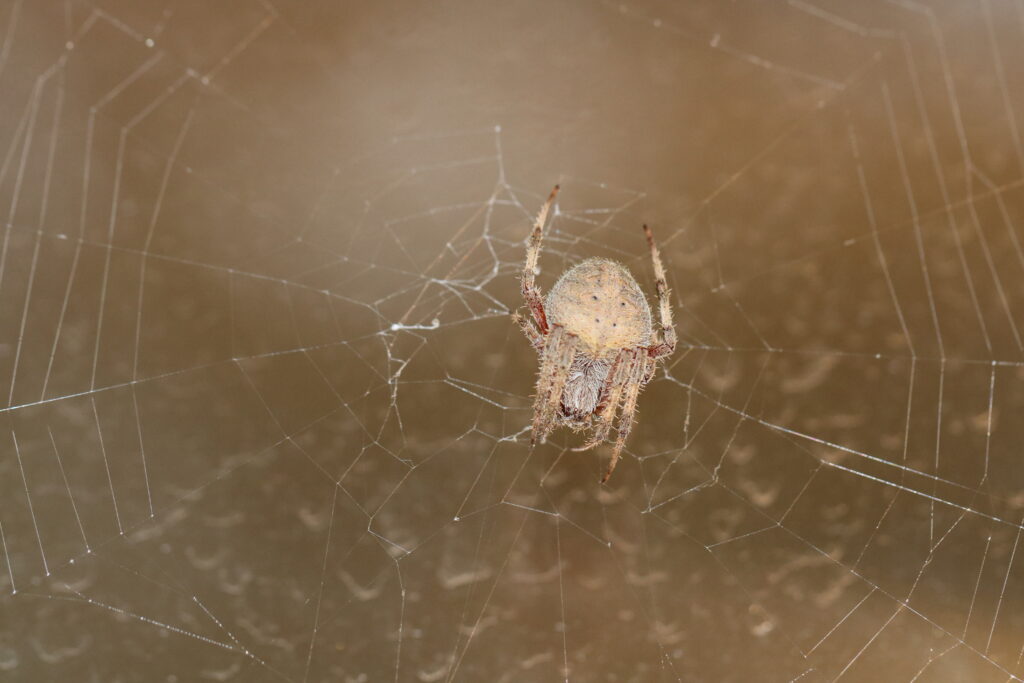#Arachtober: Charlotte’s Web
Charlotte’s Web was one of my favorite movies as a child. I LOVED watching it over and over again, but I missed how much spider biology was intricately woven into the movie and novel.
Did you know? Charlotte’s full name was Charlotte A. Cavatica. She was modeled after the barn spider (Araneus cavaticus). Wonderfully enough, E.B. White studied spiders for a full year before he wrote the book, and it shows. He was fond of a spider in his barn and watched her make an egg sac. When he went back to grab her, he only found her eggs which he took with him to New York City for the winter. He made sure Charlotte in the book and the movie wasn’t illustrated too cartoonish to lose the feel of a real spider. He also changed Charlotte’s name after realizing he misidentified the species. (He contacted a researcher at the American Museum of Natural History). He also made sure that her death after laying eggs was central to both the book and movie, despite it being a children’s book.
Charlotte is wonderful in many ways, but for me, it was mostly how a spider could captivate audiences. She was disciplined and pragmatic. She also had a good heart.
Barn spiders are common spiders, and well, they hang out everywhere, not just in barns. They are highly visible this time of year as they are adults and often set up webs along garages and porches. They are primarily nocturnal and create the concentric-ringed web like other orbweavers.

Like most species, the females build the webs. Typically, the females build at dusk and dismantle the web by dawn. The reason for this is likely because UVB destroys the glue laid down on their webs. Other spider species, like the arrowhead spider, did not have the web glue affected by radiation. Fascinating stuff!
Spiders in the genus Araneus and those in Neoscona can look similar in appearance. Even I get mixed up a bit, so I am going to post a handy link from BugGuide which shows some of the characters to look for: https://bugguide.net/node/view/69874. One thing to look for is if the spider has “shoulders” on the abdomen.
#charlottesweb #charlotte #spider #arachtober #
Tim Davis
Great stuff. I’ve been a “bugologist” for all of my life.
A few years ago I bought a really good pair of binoculars able to focus as close as 48” away with breathtaking, amazing clarity. I observed a small spider in a flowering plant “fishing” with a single blossom suspended from a single strand of web. Unsuccessfully. Gnats swarmed all around throughout the bush but never came near the bait. When the spider temporarily “parked” the blossom hanging from its thread for a few minutes to meander away, a gnat immediately visited it.
True.